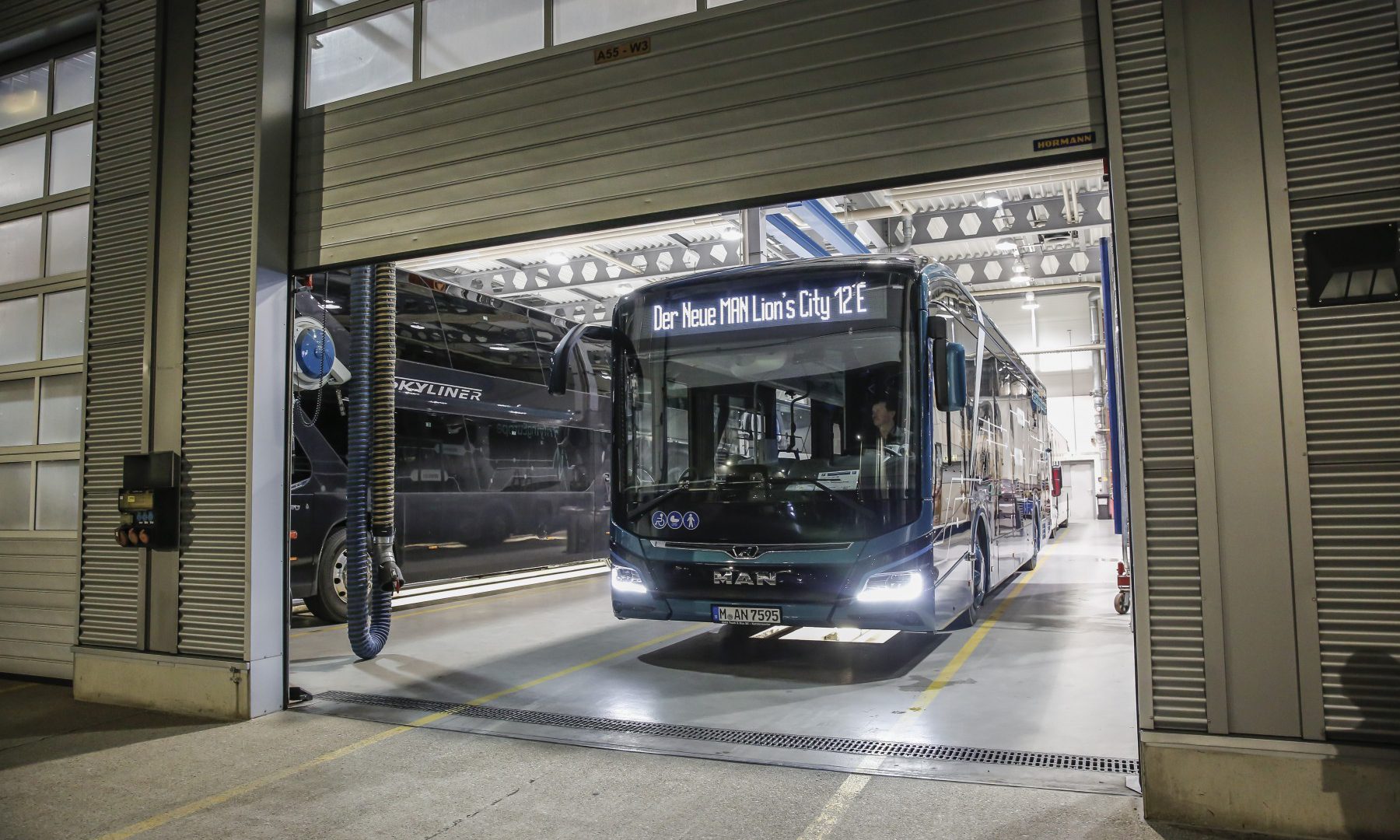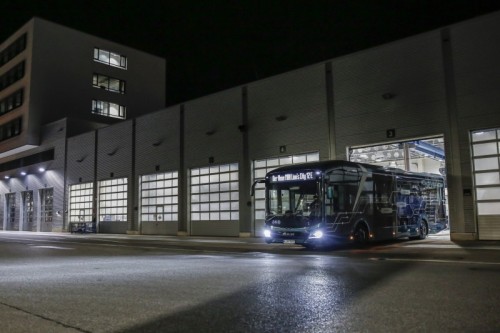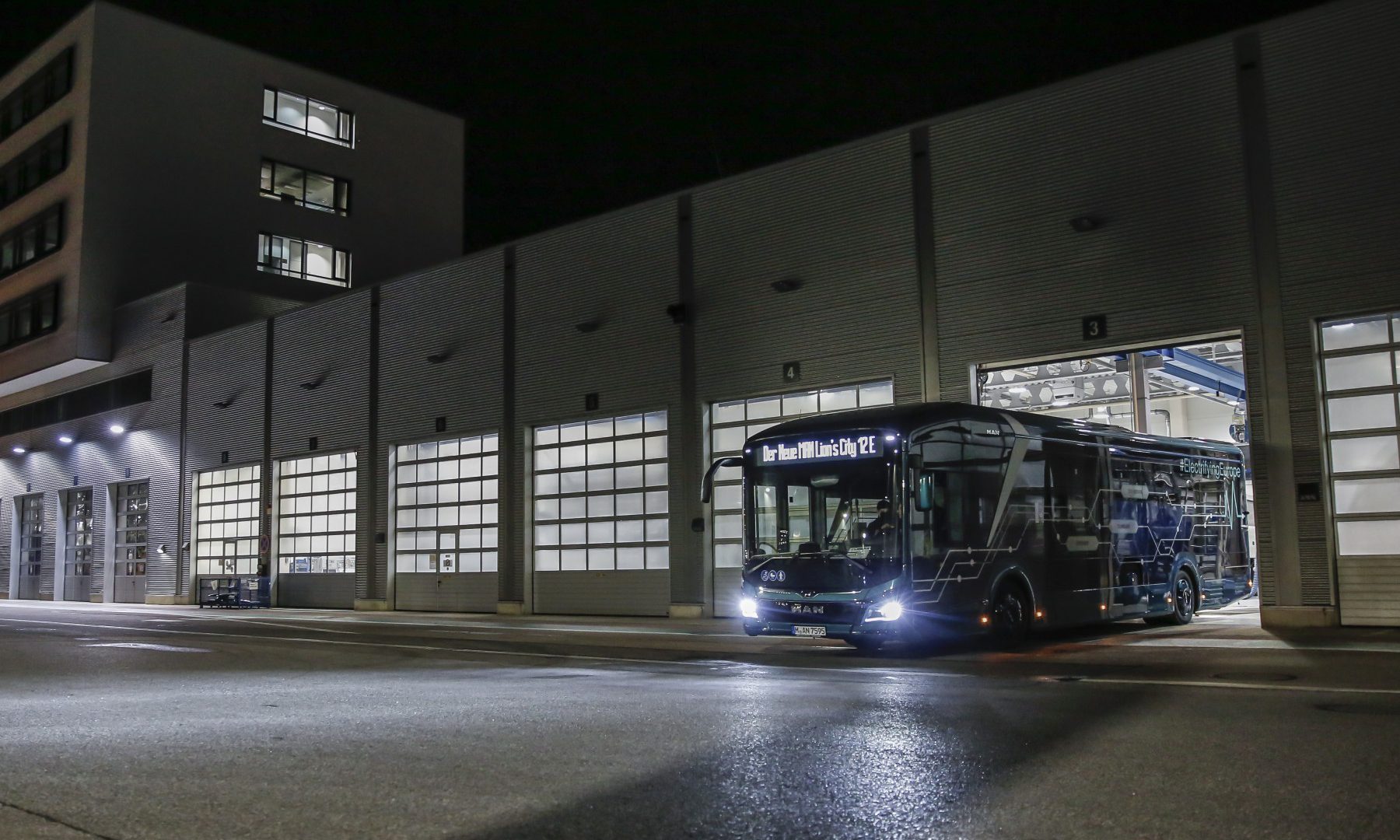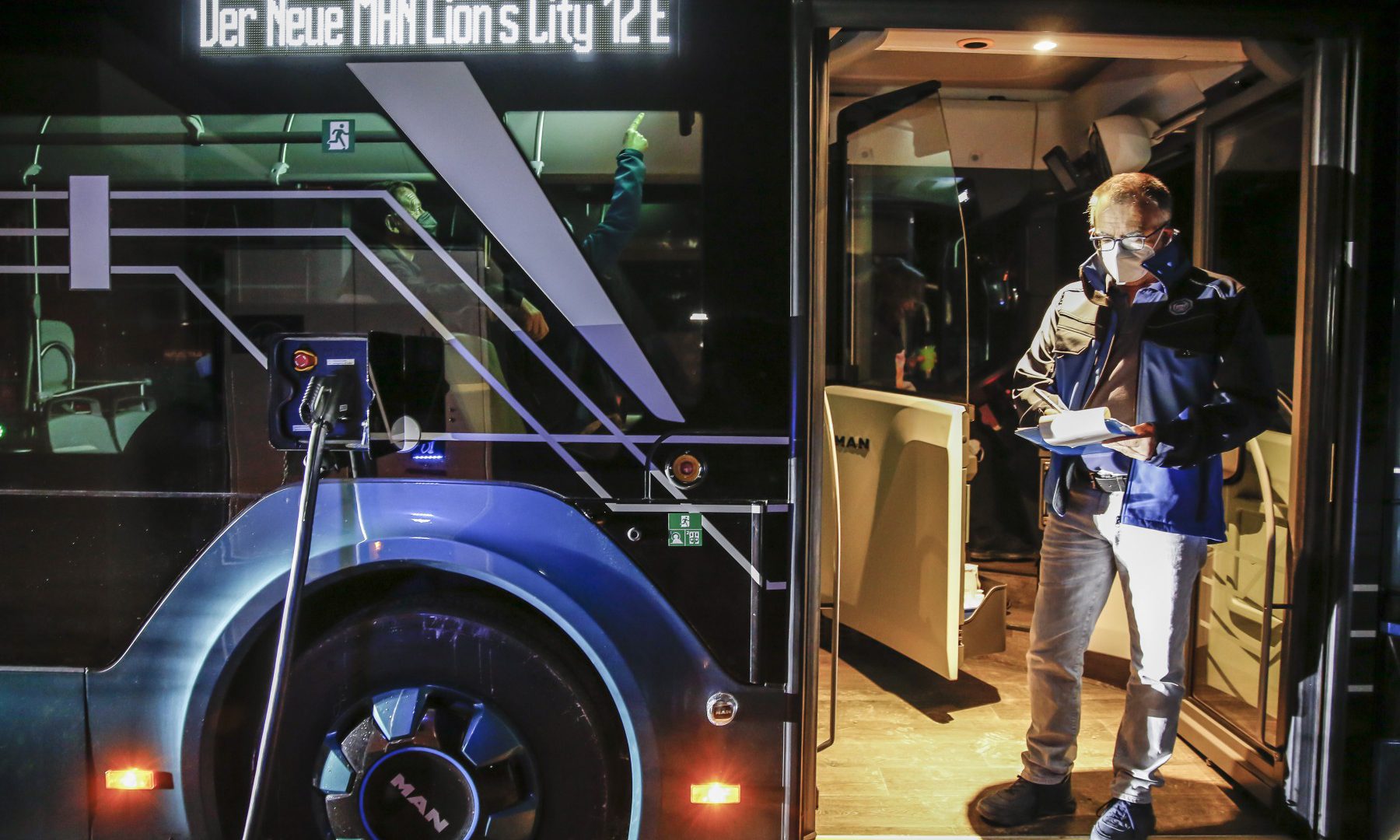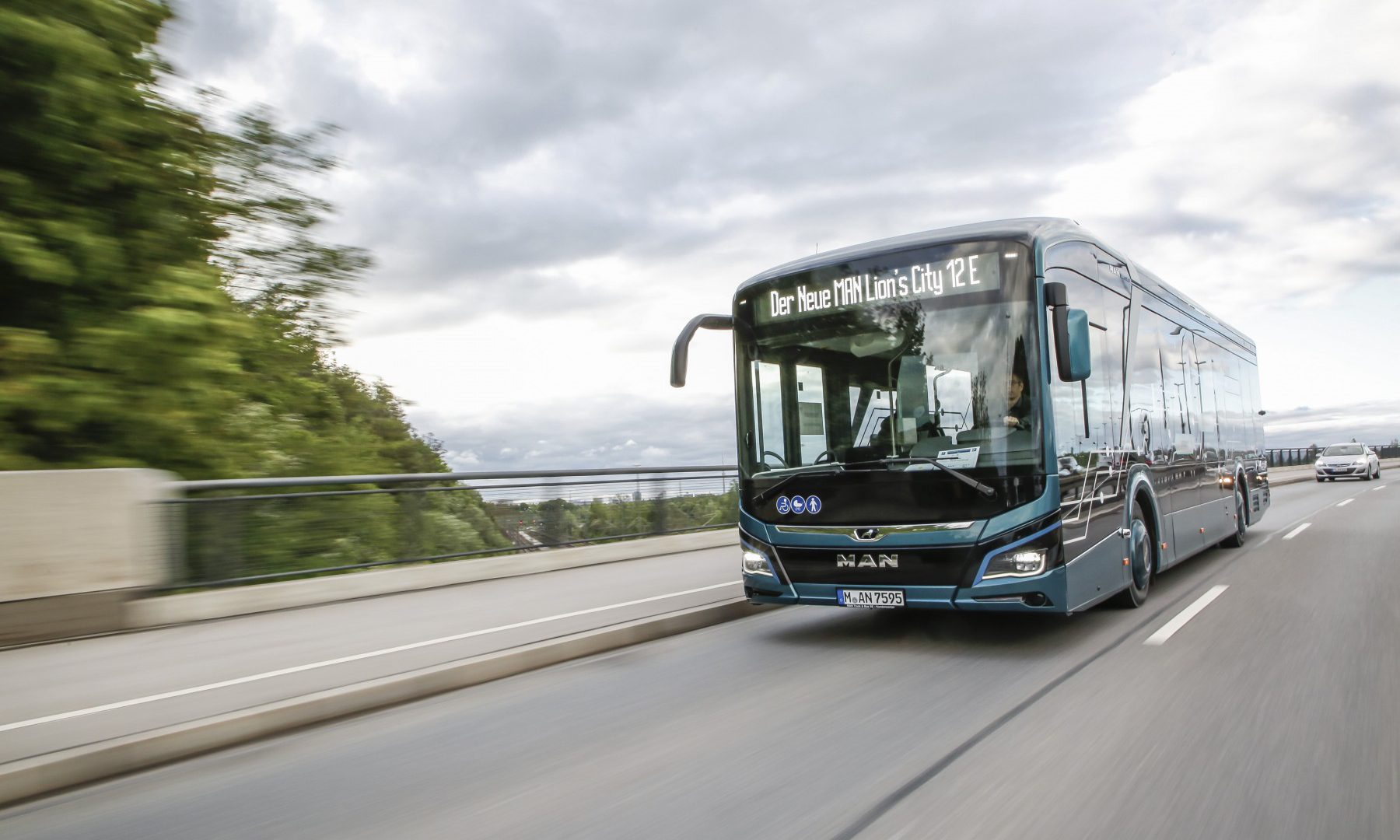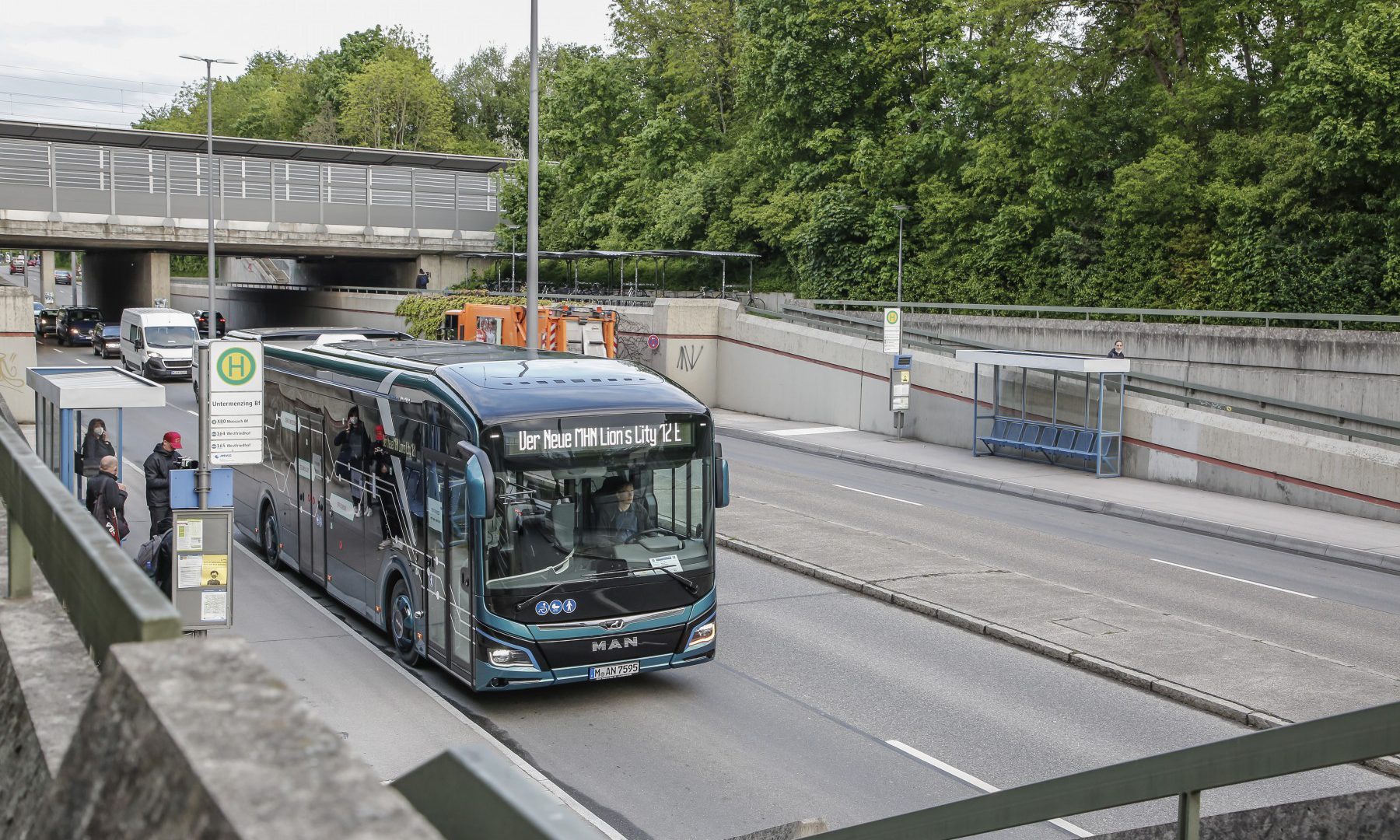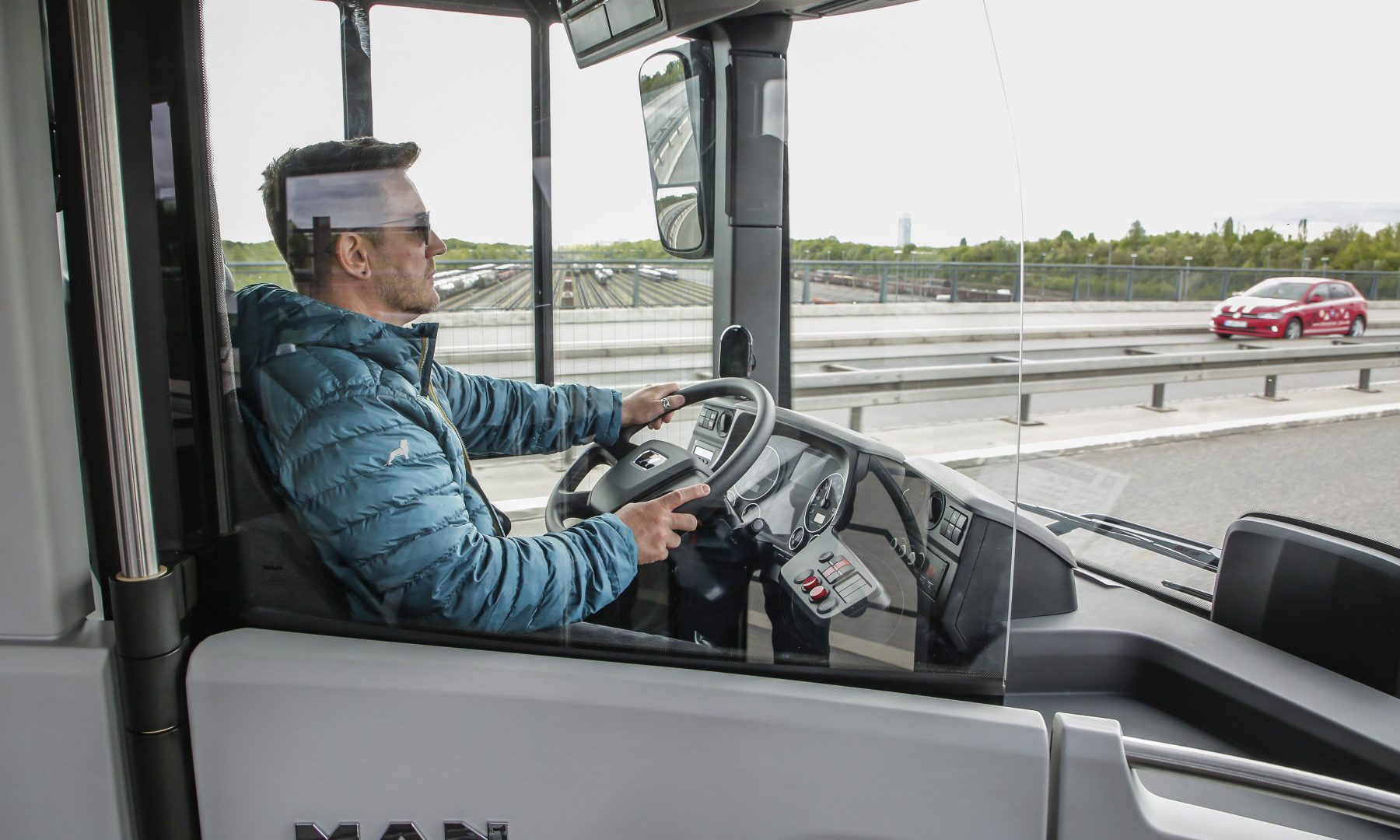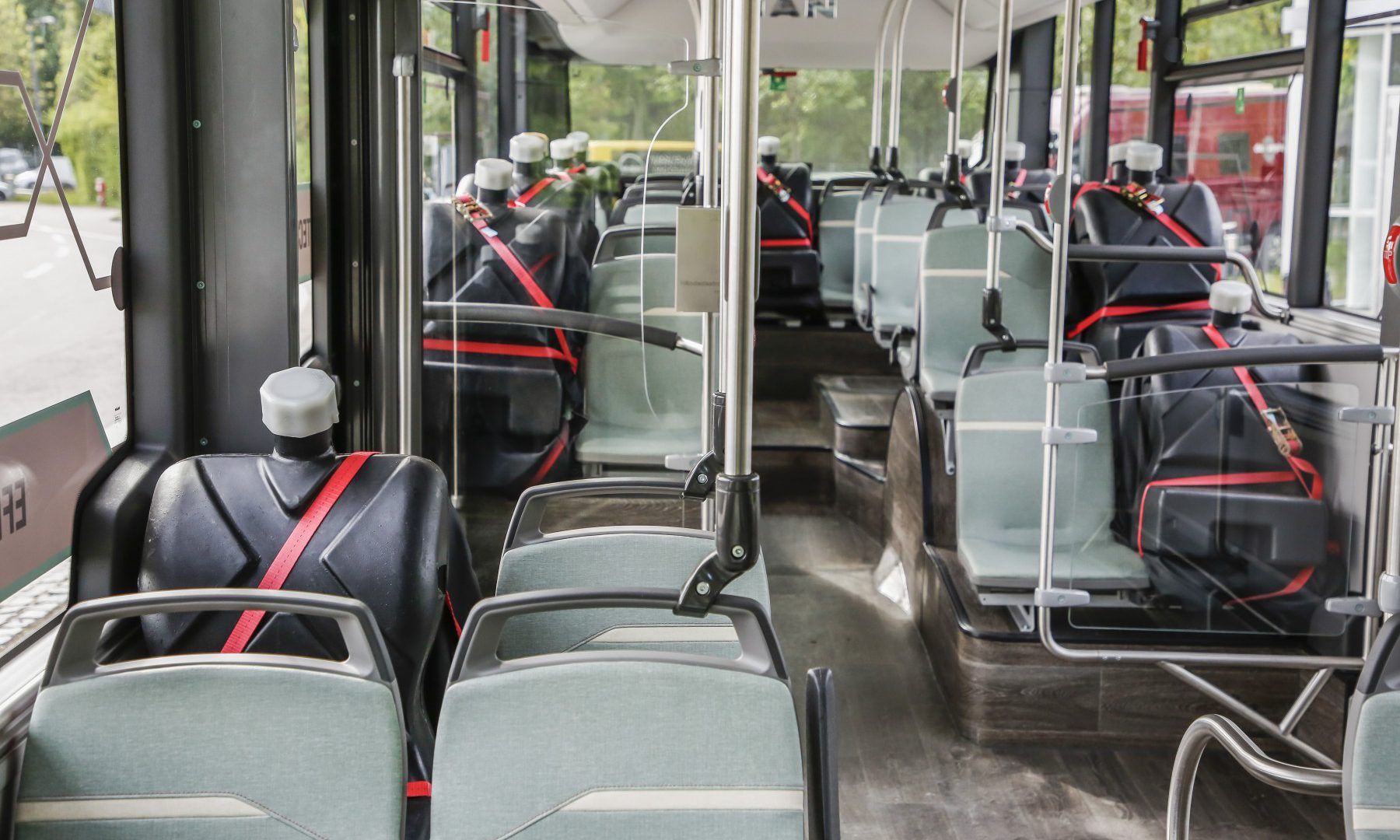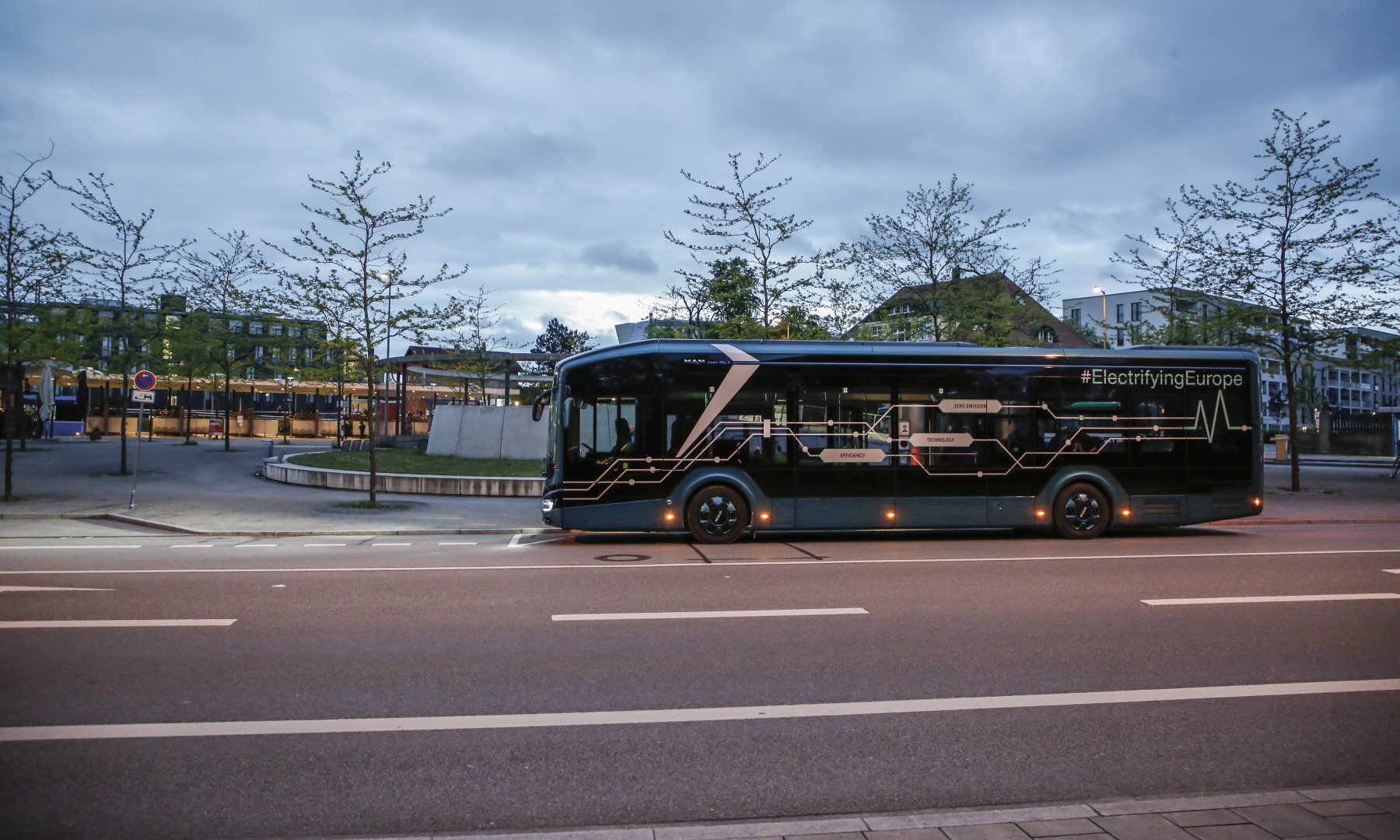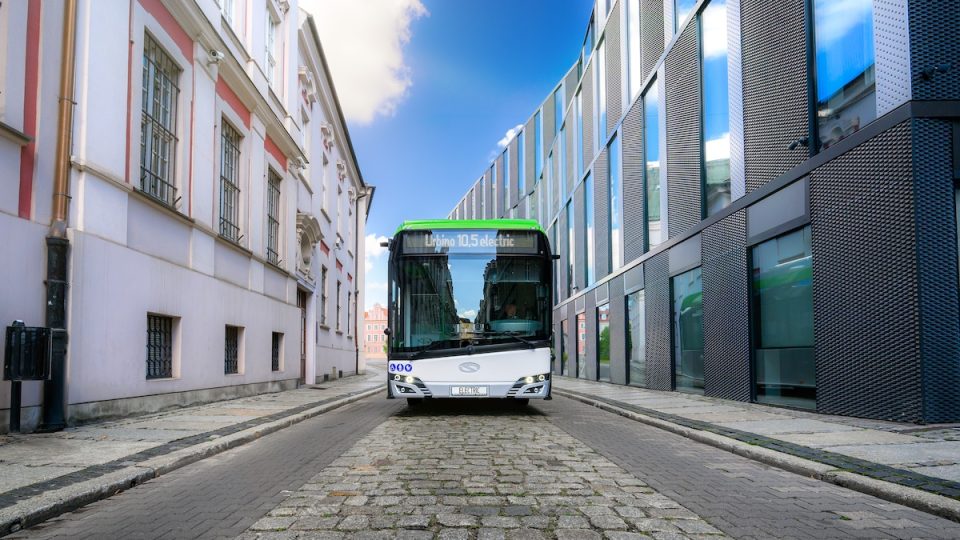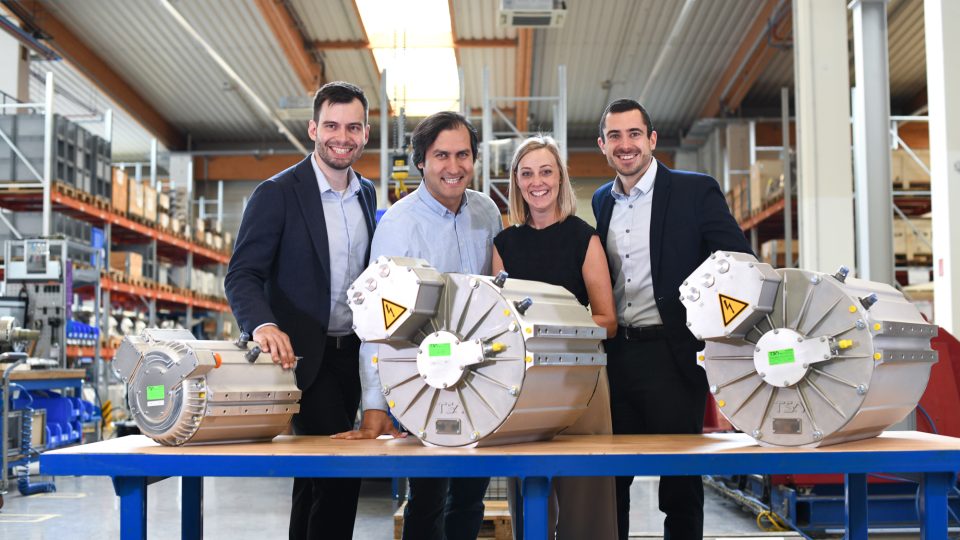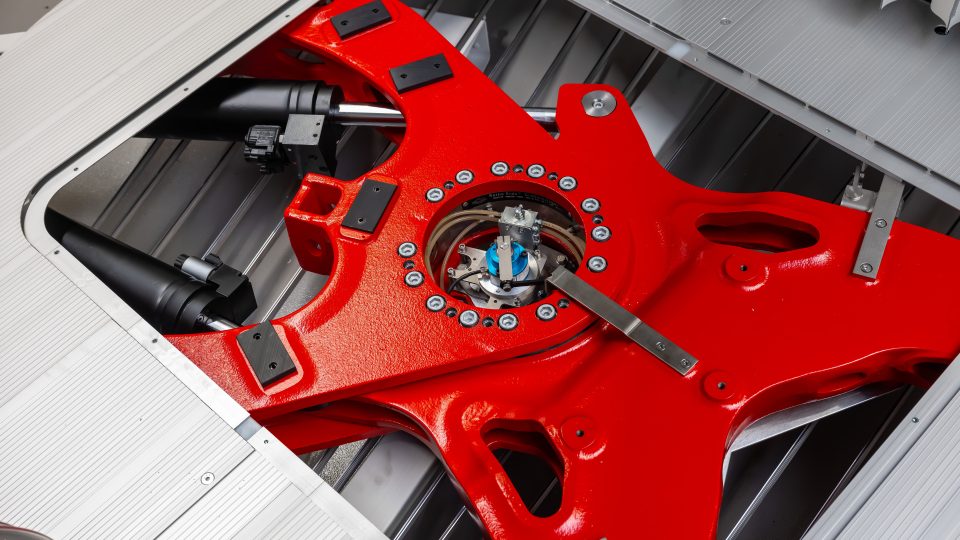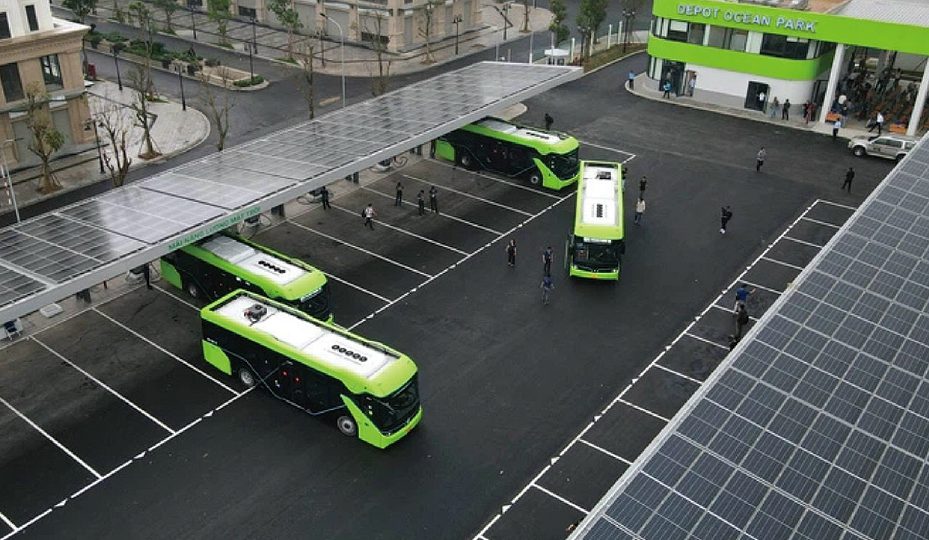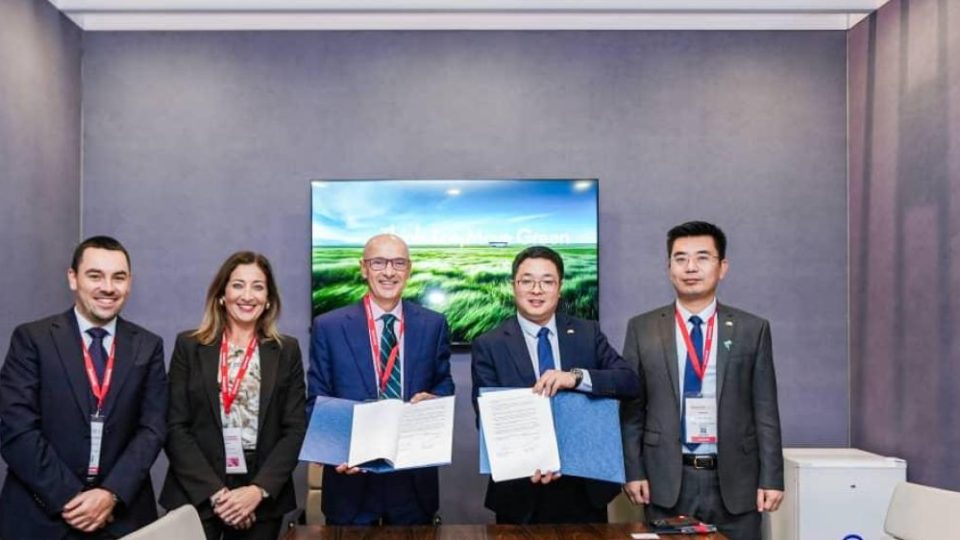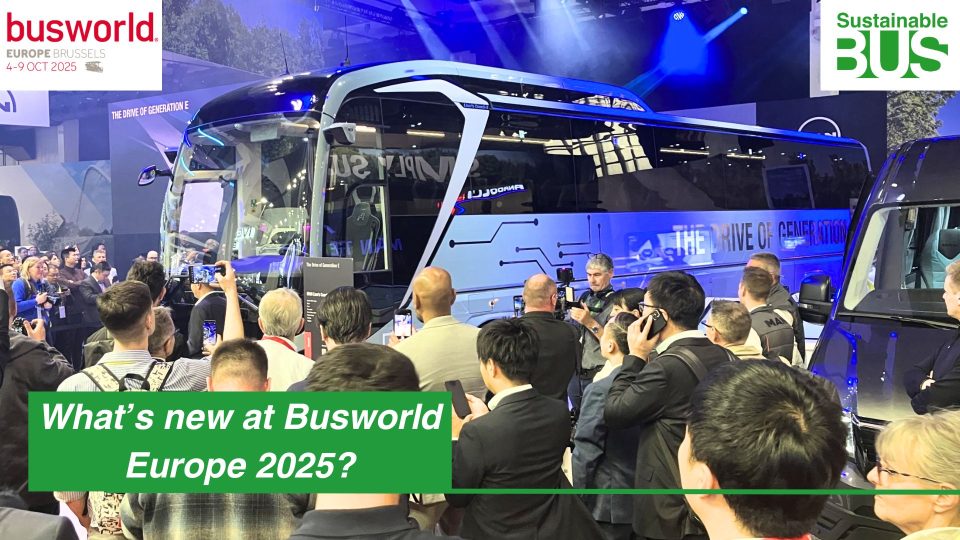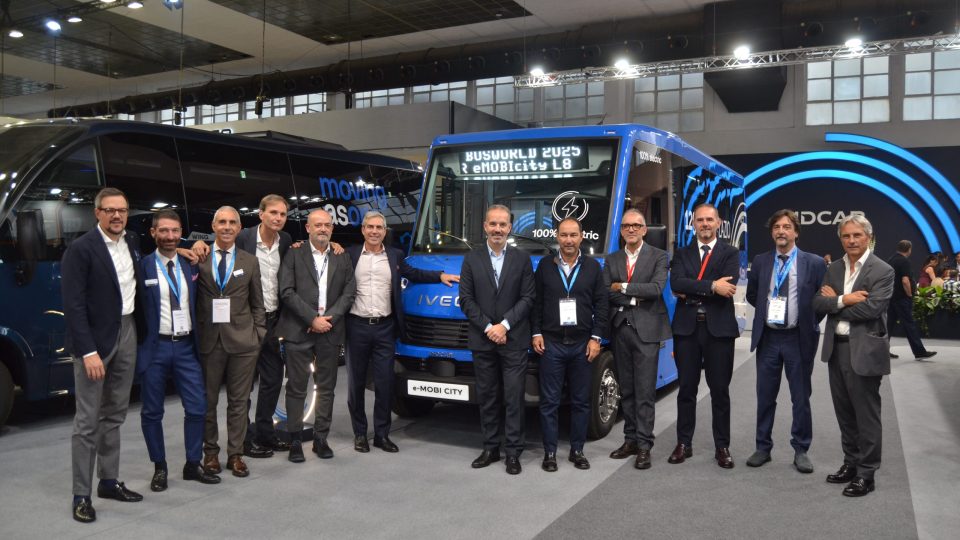The MAN Lion’s City E achieves 550 km range on a 24h test
550 km on a single charge. It’s the result achieved by the Lion’s City E 12 on a test monitored by TÜV SÜD, as announced by the manufacturer in a press note. MAN Truck & Bus expects that by 2025 half of all new MAN city buses will run on alternative drive technologies. In order […]
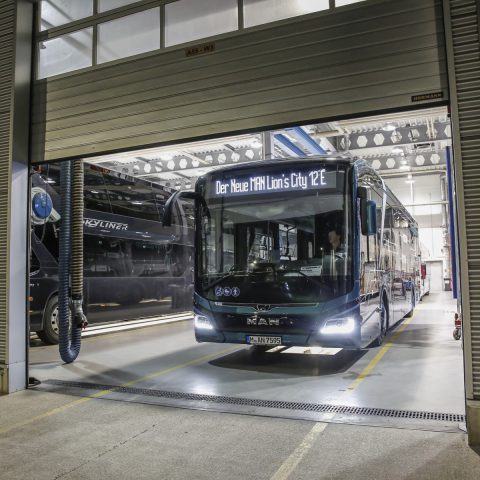
550 km on a single charge. It’s the result achieved by the Lion’s City E 12 on a test monitored by TÜV SÜD, as announced by the manufacturer in a press note.
MAN Truck & Bus expects that by 2025 half of all new MAN city buses will run on alternative drive technologies.
In order to measure the maximum electric bus range, the vehicle has been recently sent on a “MAN eBus Efficiency Run” on the Munich transport authority (MVG) lines 176 and X80. MAN makes public that «The fully electric city bus ran for exactly 24 hours on the routes between Karlsfelder Straße, Moosacher and Puchheimer station, with drivers from MAN ProfiDrive behind the wheel. The MAN eBus Efficiency Run was also accompanied by experts from official testing body TÜV SÜD, who sealed the charging socket on the bus before setting off, removed the seal at the end of the day and testified to the range driven».
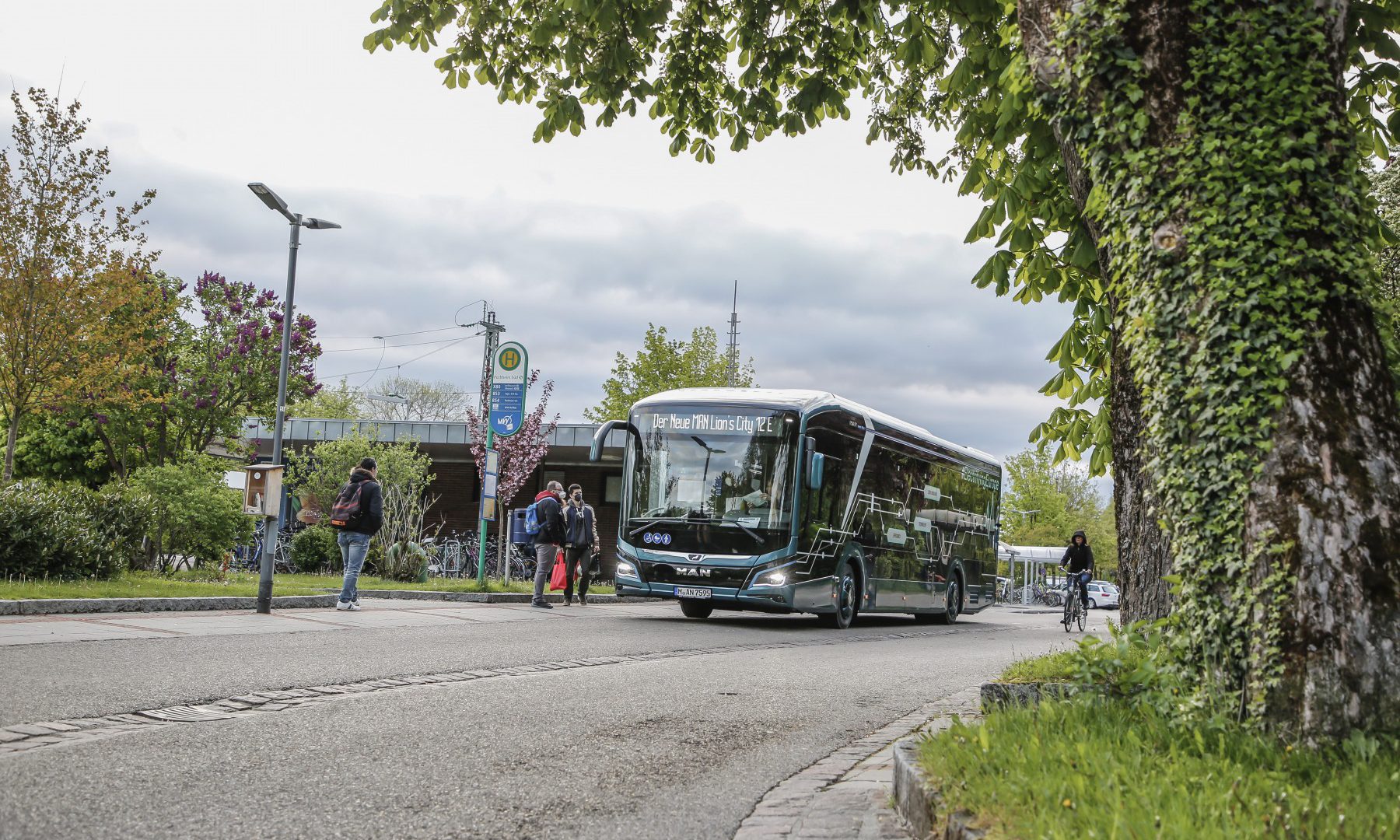
MAN electric bus range: a test in realistic condition
The MAN eBus Efficiency Run team paid particular attention to testing the electric bus under conditions that were as realistic as possible. As a result, the MAN Lion’s City E ran on an actual route, stopped at every bus stop, opened its doors and closed them again. In addition, weights were used to simulate average utilisation by passengers. “We drove partially loaded in spring-like temperatures on a relatively flat urban/inter-urban route – of course these were favourable practical conditions”, said Heinz Kiess, Head of Product Marketing Bus. He added: “Nevertheless, a range of 550 kilometres is a more than convincing result and reflects the positive experience of many of our customers who are already using or have tested the MAN Lion’s City E.”
MAN, Rudi Kuchta: electric bus as a diesel one
“It’s really incredible what the drivers and vehicle managed to do. The MAN Lion’s City E drove 550 kilometres on a local public transport route under realistic conditions – all on a single battery charge. We’re absolutely delighted with this great result. Finally, we have clearly demonstrated that e-mobility is now suitable for everyday use”, said Rudi Kuchta, Head of Business Unit Bus at MAN Truck & Bus. He adds: “Our aim was to demonstrate that you can achieve a very high range with our Lion’s City E under genuine everyday conditions. And after driving a total distance of 550 kilometres, we can say we definitely achieved it. Ultimately, in the future a single electric vehicle needs to be able to take over lines that were previously operated using a single vehicle with an internal combustion engine, fitting seamlessly into the overall operation. With a range of 550 kilometres, this is possible without intermediate charging in 99 percent of cases. This means that customers can charge their buses in the depot and do not have to invest in additional technology along the route – a crucial advantage.”
Even ranges of “only” 400 kilometres or 300 kilometres would cover 98 and 89 percent respectively of routes operated by MAN customers. This is shown by an analysis of 1,325 routes carried out by experts from MAN Transport Solutions as part of their e-mobility consultancy for companies operating local public transport. Back in 2018, MAN Transport Solutions division began to offer know-how and services to make it as easy as possible for customers to get started with e-mobility.
MAN: the trends towards electric buses
The trend towards e-mobility is especially apparent in urban areas. In 2020, the total European market for electric buses was more than 2,000 vehicles – with an upwards trend. MAN Truck & Bus expects that by 2025 half of all new MAN city buses will run on alternative drive technologies. “This is an initial active and valuable contribution to meeting our climate targets under the Paris Agreement”, Kuchta said. To meet the increasing demand for the Lion’s City E, MAN is continuing to ramp up its production. In the coming years, the company will be able to produce up to 2,500 vehicles per year at its plant in Poland. If demand continues to rise after 2026, production capacity can be increased further.


